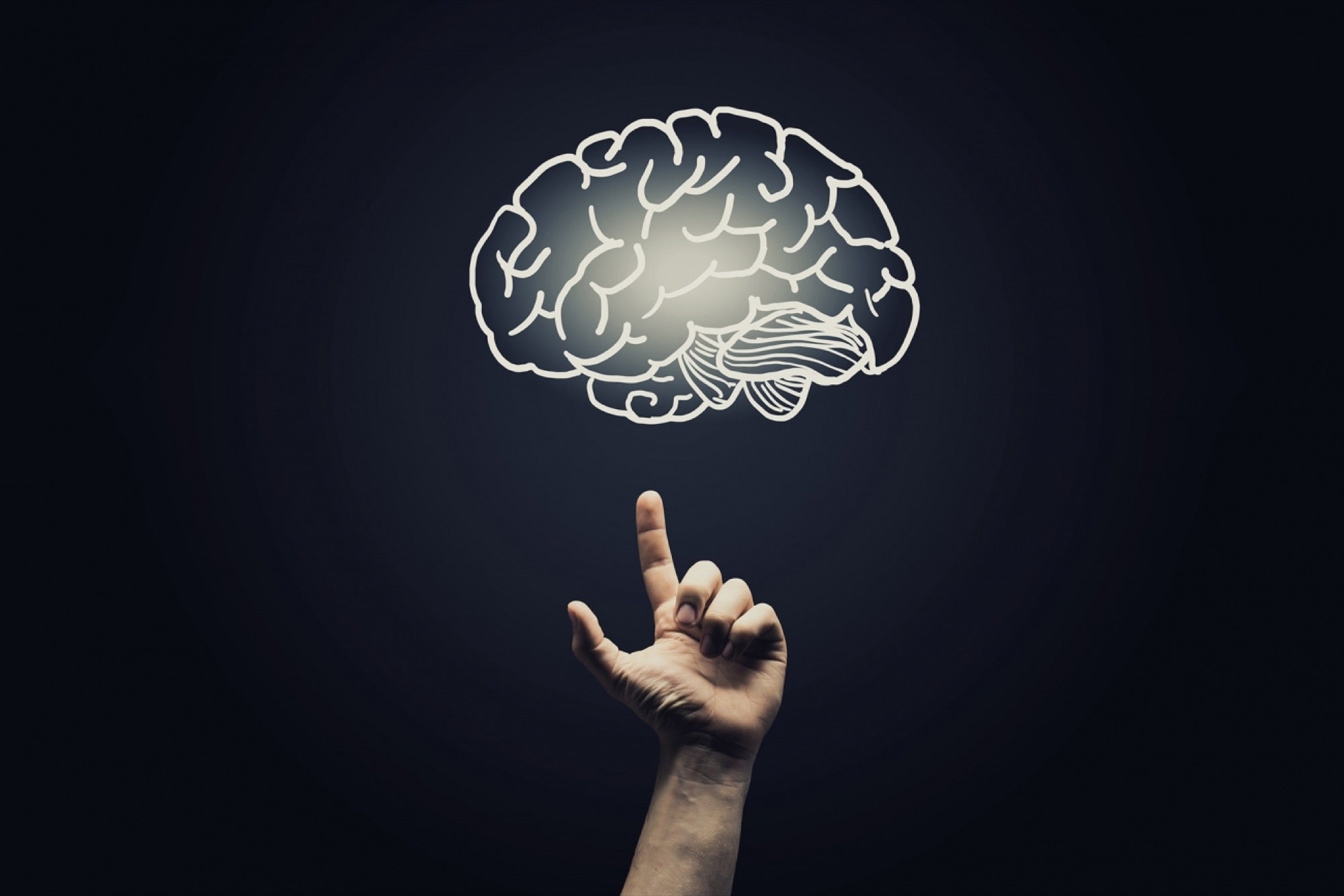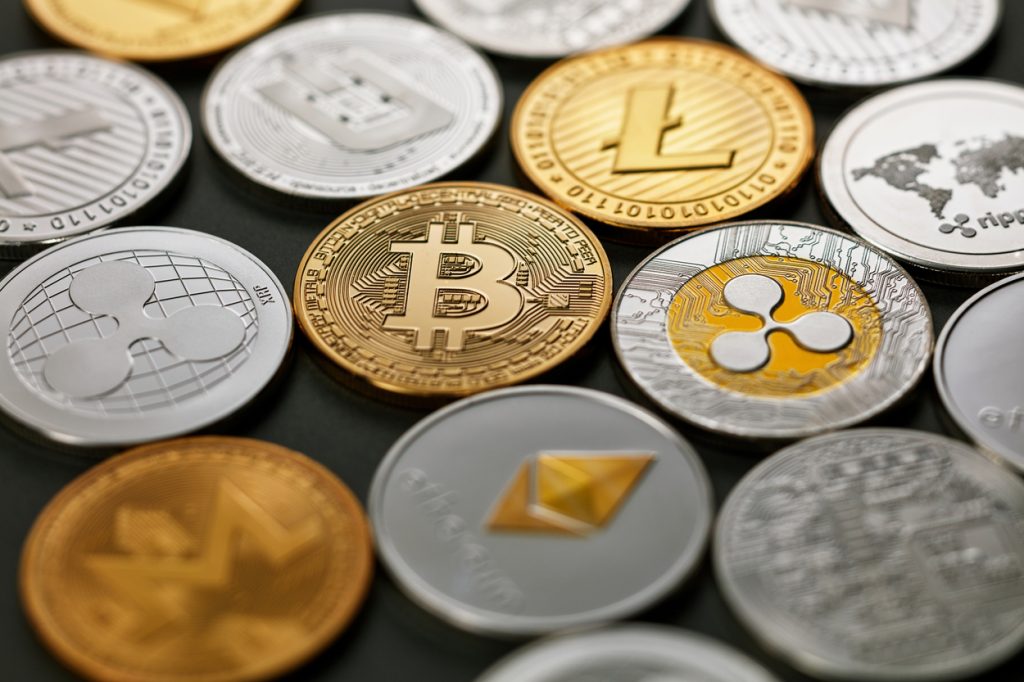The Journey of Money: From Ancient Barter to Digital Economies
Money is more than just a means to an end; it is a pivotal construct that has shaped human civilization and continues to evolve alongside societal progress. This article examines the role, history, and impact of money, offering insights into its transformative power.
The Essential Functions of Money
Money fulfills several crucial functions in an economy:
Medium of Exchange: Money simplifies transactions by serving as an intermediary. Unlike barter, where a direct exchange of goods or services requires both parties to want what the other offers, money provides a common ground for all transactions.
Store of Value: Money allows individuals to save and accumulate wealth, preserving value over time. This function is vital for future planning and investment, although it can be influenced by inflation and economic changes.
Unit of Account: Money provides a standard measure of value, making it easier to compare prices and assess costs. This standardization is fundamental for economic planning and accounting.
The Evolutionary Path of Money
Money has undergone significant transformations through different historical epochs:
Barter System: Early human societies relied on barter, the direct exchange of goods and services. This system was limited by the need for a double coincidence of wants, making transactions cumbersome.
Commodity Money: Early forms of money included commodities like livestock, grains, and metals that had intrinsic value. These commodities were widely accepted and could be used directly in transactions.
Metallic Money: As trade expanded, metals such as gold, silver, and copper became standard forms of money due to their durability and portability. The introduction of coins standardized value and facilitated easier trade.
Paper Money: With the growth of trade and economies, carrying heavy metal coins became impractical. Governments and banks introduced paper money, which was initially backed by physical reserves of precious metals.
Fiat Money: Modern economies primarily use fiat money, which has no intrinsic value and is not backed by physical commodities. Its value is based on trust in the issuing authority, typically a government or central bank.
The Societal Impact of Money
Money’s influence extends far beyond economics, affecting social structures, cultural norms, and individual behaviors:
Economic Development: Money is essential for economic growth and stability. It enables efficient resource allocation, investment, and savings. Central banks manage monetary policy to control inflation and maintain economic stability.
Social Inequality: While money can drive prosperity, it can also exacerbate social inequalities. Access to money and financial resources often determines an individual's quality of life, educational opportunities, and social mobility.
Cultural Influence: Money influences cultural values and norms. The pursuit of wealth and material success is a common cultural theme, shaping how individuals define success and status.
Psychological Effects: Money impacts psychological well-being. Financial security provides a sense of control and freedom, while financial stress can lead to anxiety and a lower quality of life.
The Future of Money
As technology and economies evolve, so too does the concept of money:
Cryptocurrencies: Digital currencies like Bitcoin and Ethereum are redefining traditional financial systems. These decentralized currencies offer new ways of conducting transactions and storing value, independent of government control.
Mobile Payments: Mobile payment technologies, such as Apple Pay, Google Wallet, and peer-to-peer payment apps, are transforming how people transact. These platforms offer convenience, speed, and security, promoting a shift towards cashless societies.
Central Bank Digital Currencies (CBDCs): Many central banks are exploring digital versions of their currencies. CBDCs aim to combine the benefits of digital transactions with the trust and stability of traditional fiat money.
Financial Inclusion: Innovations in fintech are improving access to financial services for unbanked and underbanked populations. Mobile banking, microfinance, and digital financial services are fostering greater economic inclusion.
Money is a cornerstone of modern society, essential for economic transactions and deeply intertwined with social and cultural systems. Its journey from ancient barter systems to digital currencies reflects human ingenuity and adaptability. As technology and economies continue to advance, the nature of money will undoubtedly evolve, presenting new opportunities and challenges. Understanding the multifaceted role of money helps us appreciate its profound impact on our lives and the broader world.






























0 Comments